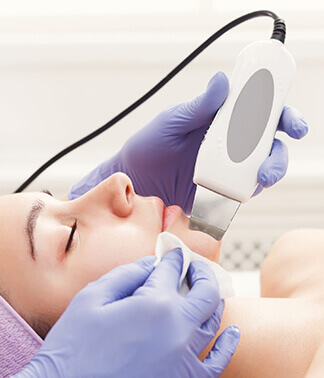How Long is the Recovery for Eyelid Surgery?
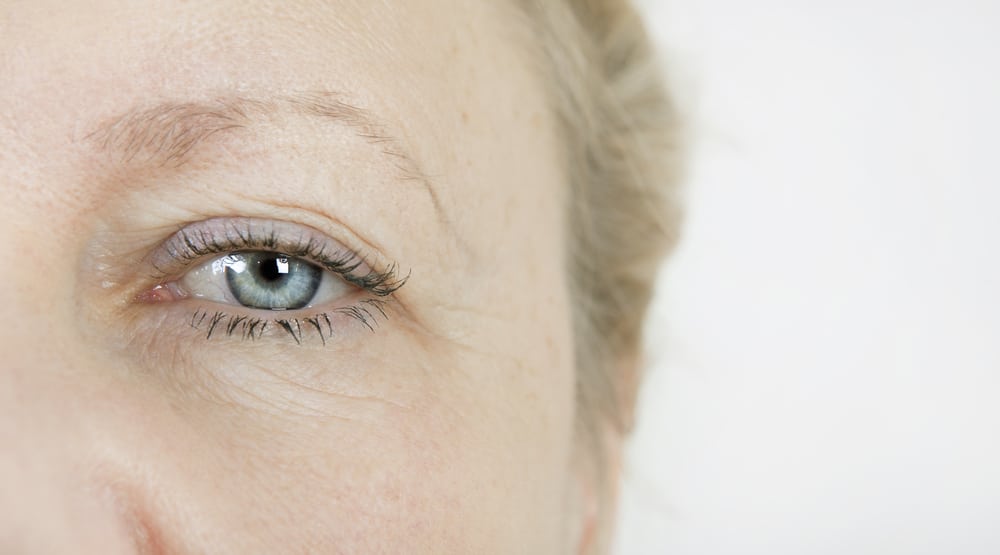
Cosmetic eyelid surgery, also known as blepharoplasty, is a minimally invasive procedure that can make you look more alert and rejuvenated. For most patients, blepharoplasty is a painless surgery with a quick recovery that will allow you to return to your normal activities within ten to fourteen days.
However, it is important to be educated as to the recovery process to allow for a smooth recovery and to choose the correct time to have the procedure. Keep reading to learn how long the recovery is from eyelid surgery!
What is the Recovery Timeline for Eyelid Surgery?
After eyelid surgery, you will be brought into the operating room with ice packs on your eyelids and face. This is done to help keep swelling and bruising to a minimum.
There may be antibiotic ointment and eye drops in your eyes, which can cause mild blurred vision. You’ll apply this antibiotic ointment to the incisions two times daily for at least one-week post-surgery.
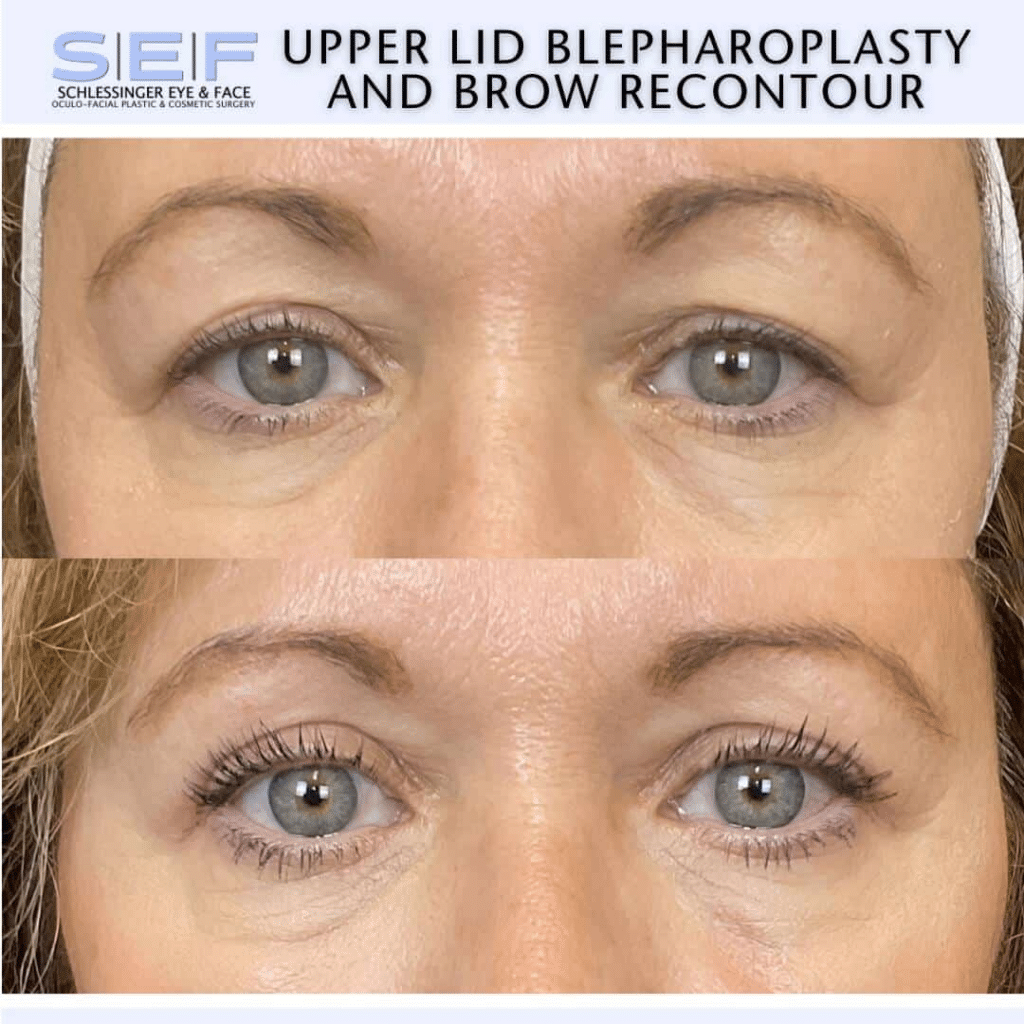
Anesthesia injections can also cause temporary double vision. This should not be a cause for alarm. Your surgeon will see you in the recovery room to ensure everything is okay.
After the procedure, you’ll remain in the recovery room until your eye surgeon and anesthesiologist (if you had sedation) determine you are stable enough to be discharged with detailed instructions.
Closely following these post-op guidelines is vital for proper healing. Temporary side effects may include:
- Mild blurred vision
- Teary eyes
- Mild light sensitivity
- Swelling and bruising
- Numbness in the operated area
- Mild soreness
It’s important to have someone drive you home and stay with you for one to two days since anesthesia and mild blurred vision precludes driving. Assistance with tasks like meal preparation is also very useful initially.
Week 1 to 2
Your eyelids will get more swollen and bruised for the first 24-48 hours. A tight feeling is normal as well.
Apply cold compresses for 20 minutes on followed by 20 minutes off as much as possible for the first 48-72 hours. Following this regimen will help reduce swelling and bruising.
Homeopathic remedies such as oral arnica and bromelain can also help reduce bruising. Your surgeon will help guide you with their particular post-op regimen.
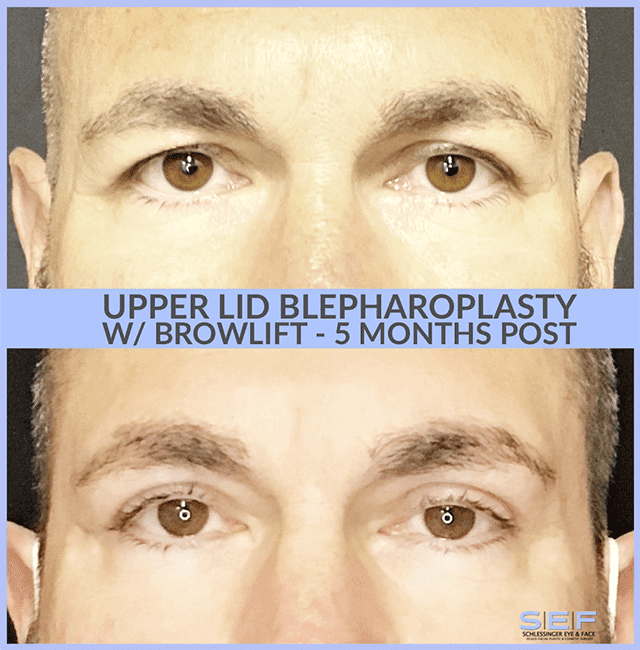
You will have sutures in the upper and possibly lower eyelids. It is normal to have mild crusting and occasional light bloody oozing from the incisions.
This can be cleaned with warm water and gauze. Excessive bleeding is not normal and should be immediately reported to your surgeon.
The incisions may appear pinkish red initially but will fade over time. Postoperative pain is not common and mild pain can be treated with acetaminophen (Tylenol).
Severe pain is not normal and should be reported to your surgeon. Do not take aspirin or NSAIDS such as Aleve or Motrin, as this may cause bleeding.
Get plenty of rest with your head elevated on two firm pillows. We recommend a travel neck pillow as well. Follow your eye surgeon’s activity restrictions.
This often means no strenuous exercise or heavy lifting. Also, refrain from smoking or drinking alcohol and maintain a balanced, hydrating diet.
Avoid fatty, greasy and salty foods as these can increase swelling. Because your eyelids are swollen, you may not be able to blink properly for several weeks.
The frequent use of artificial tears is recommended to prevent dryness and avoid blurred vision. You may also need to limit screen time and reading to avoid eye strain.
You will cleanse the eyes with hypochlor antiseptic spray for the first week twice a day. After three to four days, you may be able to wash your eyes carefully with mild soap and water, then gently pat them dry once healed enough. Avoid rubbing eyelids until fully recovered. By the end of this period, any dissolving stitches are generally gone or removed.
Week 2 and Onwards
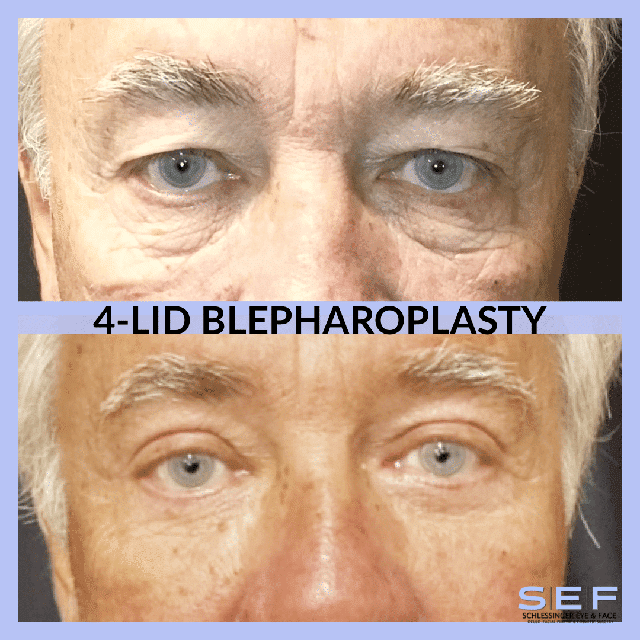
You will be seen by your surgeon in six to ten days after surgery. You will then be directed as to your next set of directions for continued healing.
Most patients can resume work after 7-10 days. Avoid strenuous workouts until medically cleared, typically after 14 days.
Shield healing eyes from sun and wind with quality sunglasses outside. It is important to keep bruised skin out of the sun and you should be wearing a wide-brimmed hat and sunglasses after surgery.
A medical-grade sunscreen is usually recommended, and your surgeon will tell you when to start that after surgery. After about two weeks, nearly all bruising and swelling should have subsided.
You’ll start to see your final refreshed, rejuvenated results.
How Do I Know if I’m a Candidate for Eyelid Surgery?
If you are bothered by sagging upper eyelids that create a tired or sad appearance, you may be a good candidate. Eyelid skin naturally loses elasticity over time, causing excess skin that hangs down and impairs peripheral vision.
Eyelid surgery can help this. You may also benefit from lower eyelid surgery if puffy fat deposits or wrinkles make you look older or constantly tired.
Under-eye bags can add shadows, age your face prematurely, and feel bothersome. Ideal candidates have visible signs of aging, like hooding skin, under-eye bags, and wrinkles that make them look tired or sad when they feel alert and happy.
You should be in overall good health without eye infection or thyroid disorder. Discuss your eye concerns with Dr. Schlessinger to determine if this rejuvenating procedure is appropriate.
Do you want to learn more about eyelid surgery? Schedule an appointment at Schlessinger Eye and Face in Woodbury, NY, today!
Let’s stay in touch!



